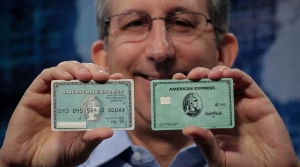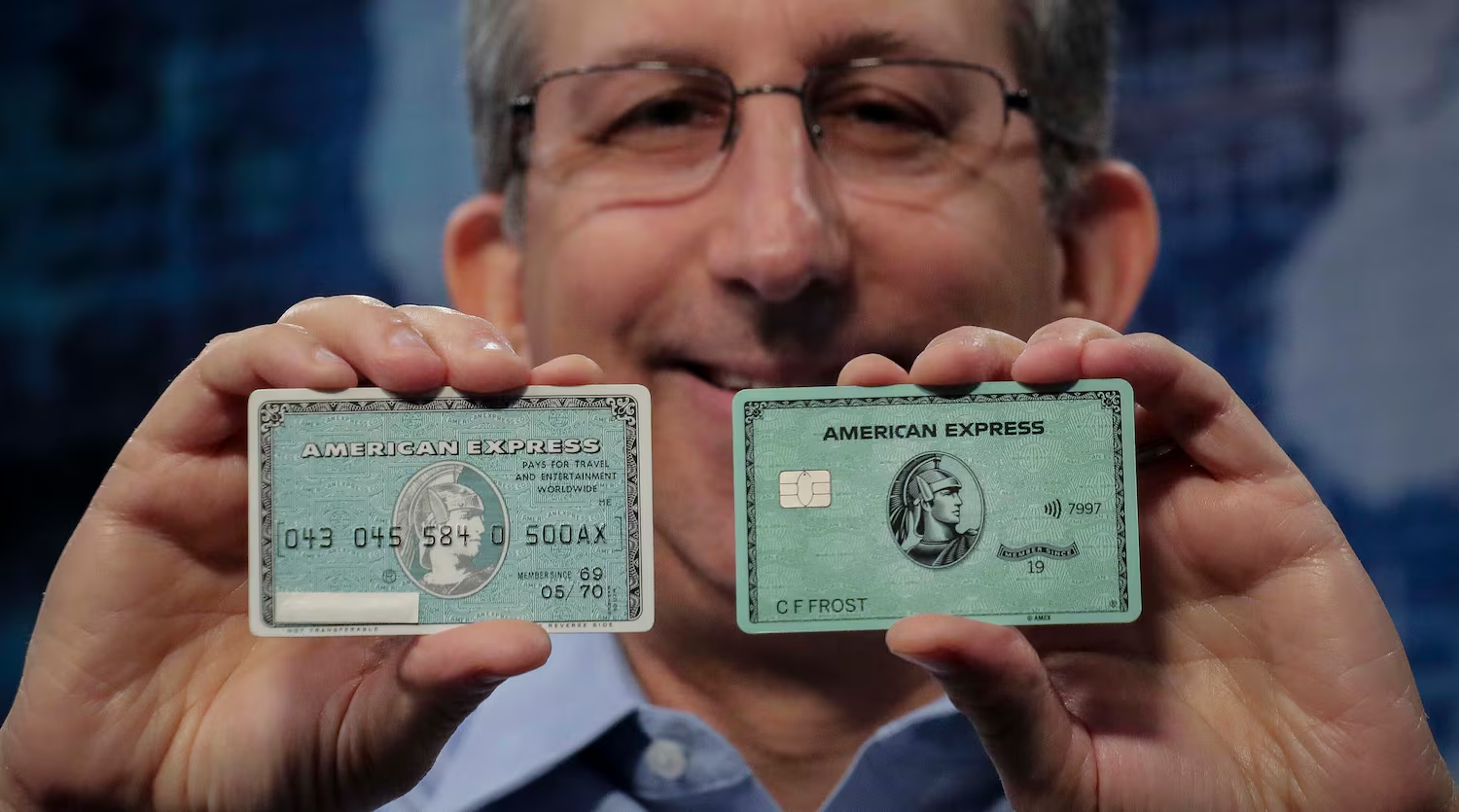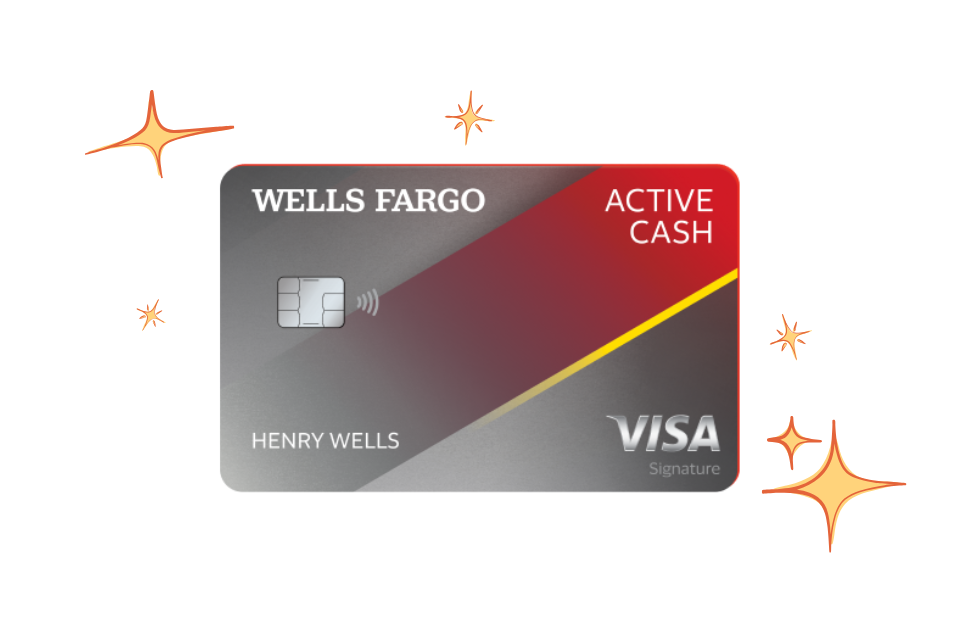If you’re buried under multiple debts – maybe a few credit cards with different balances and due dates, plus maybe a small personal loan or medical bill – the sheer act of keeping track can be exhausting. Juggling minimum payments, remembering due dates, and trying to figure out which high-interest debt to tackle first is enough to make anyone’s head spin. What if there was a way to simplify things, combining several debts into a single, more manageable monthly payment?
That’s the core idea behind debt consolidation. It’s a strategy that involves taking out a new loan or credit product to pay off multiple existing debts, leaving you with just one payment to focus on. For the right person and the right situation in the United States, consolidation can simplify your finances, potentially lower your overall interest rate, and provide a clearer path to becoming debt-free. But it’s not a magic fix, and it comes with its own set of considerations and potential pitfalls. Let’s explore the common ways US consumers consolidate debt.
How Does Debt Consolidation Work?
The basic principle is straightforward: you borrow money (usually at a lower interest rate than your current high-interest debts, like credit cards) and use that new money to pay off your other debts in full. Then, instead of making multiple payments to various creditors, you make a single monthly payment to the new lender. The goal is often to simplify payments and/or reduce the total amount of interest paid over time.
Common Debt Consolidation Methods in the US
Several financial tools can be used for debt consolidation. The best option for you depends on your creditworthiness, the amount of debt you have, and whether you own a home.
Method 1: Balance Transfer Credit Cards
This is a popular option for consolidating credit card debt specifically.
- How it Works: You apply for a new credit card that offers a promotional 0% introductory APR on balance transfers. If approved, you transfer balances from your existing high-interest credit cards to this new card.
- The Appeal: The major draw is the 0% interest rate during the introductory period (which can range from 6 to 21 months). This means your full payment goes towards the principal balance during that time, saving you a ton on interest. It also consolidates multiple card payments into one.
- Things to Watch Out For:
- Balance Transfer Fee: Most cards charge a fee for transferring a balance, typically 3% to 5% of the amount transferred. This cost reduces the overall savings benefit.
- The Deadline: You must have a solid plan to pay off the entire transferred balance before the 0% intro period expires. If you don’t, the remaining balance will accrue interest at the card’s regular, often high, APR.
- Qualification: You generally need good to excellent credit to qualify for cards with the best 0% balance transfer offers.
- New Spending: Avoid using the balance transfer card for new purchases, as they may not be subject to the 0% rate, or you might lose your grace period on purchases.
Method 2: Personal Loans
Taking out a personal loan from a bank, credit union, or online lender is another common way to consolidate various types of unsecured debt (credit cards, medical bills, payday loans, etc.).
- How it Works: You apply for an unsecured loan for the total amount of debt you want to consolidate. If approved, you receive the loan funds as a lump sum, which you use to pay off your existing debts. You then repay the personal loan in fixed monthly installments over a set term (e.g., 3-5 years).
- The Appeal: Provides a single monthly payment with a fixed interest rate and a clear payoff date. Interest rates on personal loans can often be lower than credit card APRs, potentially saving you money on interest. They are unsecured, meaning you don’t have to put up collateral like your home.
- Things to Watch Out For:
- Interest Rate: The rate you qualify for depends heavily on your creditworthiness. If your credit is poor, the personal loan APR might not be much lower (or could even be higher) than your credit card APRs.
- Origination Fees: Some personal loans charge an upfront origination fee, which is deducted from the loan amount.
- Doesn’t Solve Spending Habits: Taking out a loan to pay off cards doesn’t address the habits that led to the debt. If you don’t change spending behavior, you could run up balances on the now-paid-off credit cards and end up with more debt.
Method 3: Home Equity Loans or Lines of Credit (HELOCs)
If you own a home, you might be able to borrow against the equity you’ve built up.
- How it Works: A home equity loan is a lump sum loan with a fixed interest rate and term. A Home Equity Line of Credit (HELOC) is a revolving line of credit you can draw from as needed, with variable interest rates and a draw period followed by a repayment period. You receive funds based on the equity in your home and use them to pay off other debts.
- The Appeal: Interest rates on home equity products are typically much lower than unsecured debt like credit cards because your home serves as collateral. This can lead to significant savings on interest and potentially lower monthly payments.
- Things to Watch Out For:
- Major Risk: Your home is on the line. If you fail to repay the home equity debt, the lender could foreclose on your house. This is the most significant risk of this method.
- Fees: There are often closing costs and fees associated with home equity products, similar to a mortgage.
- Doesn’t Solve Spending Habits: Like personal loans, using home equity to pay off debt doesn’t fix overspending habits. You risk losing your home if you run up debt again and can’t manage the payments.
Method 4: Debt Management Plans (DMPs)
Offered by non-profit credit counseling agencies, DMPs consolidate payments but aren’t a loan.
- How it Works: The agency works with your creditors to potentially negotiate lower interest rates or waived fees on your unsecured debts. You make one monthly payment to the agency, and they distribute it to your creditors.
- The Appeal: Can simplify payments and potentially reduce interest rates, making payoff more manageable. Provides structure and often includes financial education.
- Things to Watch Out For:
- Account Closures: Creditors usually require you to close the accounts included in the DMP, which can impact your credit utilization ratio and history length.
- Fees: The counseling agency may charge a setup fee and a monthly fee, though these are usually reasonable for non-profits.
- Impact on Credit: While not as severe as debt settlement, a DMP can be noted on your credit report and might be viewed less favorably by some lenders initially.
Is Consolidation Right for You? Ask Yourself:
- Can I Get a Lower Interest Rate? If the interest rate on the consolidation option isn’t significantly lower than your current average APR, the benefit is minimal or non-existent.
- Have I Addressed My Spending Habits? Consolidation is a tool, not a cure. If you haven’t fixed the reasons you got into debt, you’re likely to end up with even more debt after consolidating.
- Do I Understand the Terms? Be clear on the interest rate, fees (balance transfer fee, origination fee), and payoff timeline of the consolidation product.
- What are the Risks? Especially with home equity, understand what’s on the line if you can’t repay.
Debt consolidation can be a powerful strategy to simplify your payments and potentially save money on interest when tackling multiple debts in the US. Options range from balance transfer cards and personal loans to home equity products and management plans. However, it’s crucial to choose the right method for your situation, understand all the terms and risks involved, and most importantly, pair consolidation with improved spending habits to ensure you break the cycle of debt for good.









